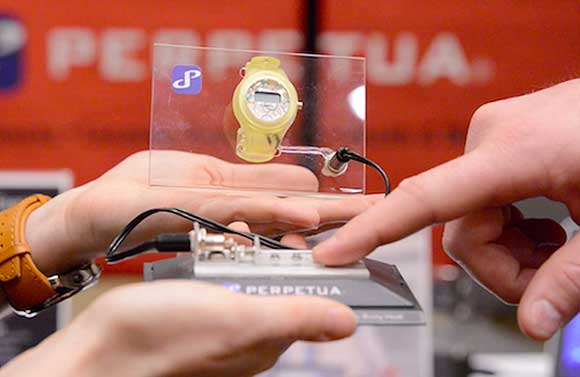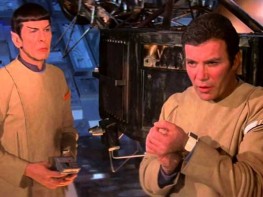On the eve of Baselworld 2015 we publish the second article in a two-part series that looks at the watch of the near future. Read the first part here.
Design: The design will need to take several factors into account: a solid case back to allow the battery to be charged, space for sensors (health applications), a new means of attaching the strap (more on this later) , a system for connecting the sapphire crystal with the digital motor of the watch, a separate housing for the mechanical movement and a means of removing modules from the watch without needing a watchmaker. The solution to horological obsolescence is found in Google’s ARA project. You just need an interchangeable digital module that can be integrated into the watch. In this way, the watch maintains the longevity that befits a luxury object but will at the same time be able to evolve like a digital instrument!

The strap: It could be the most important component in the watch, version 2.0. Why? Researchers have recently discovered a way of generating electrical energy from body heat using high-tech straps. So we can easily imagine a watch strap that produces energy, connected to the watch case using a specific form of attachment. This would also solve, or at least alleviate, the problem of recharging. You would just need a battery that could be recharged by the strap or by induction to ensure a sufficient power reserve for the watch.

Material: The future is in aluminium and recycled plastics, or new lightweight, biocompatible alloys. This will be the next battle in smart watches : new customers will pay attention to the respect for the environment.
The sapphire crystal: Along with energy, this is the other challenge for the watch, version 2.0. How to show digital and mechanical at the same time? The solution comes from the structure of sapphire crystal and the use of a new complication that is already used in other fields : the ability to project images on to glass or make them disappear so that the glass becomes transparent. The new sapphire crystal will act as both an interface and a means of protection. It will be connected to the watch’s digital motor and operated by its wearer, turning the look from classic to "i-look".
Mechanical functions: Their role will become secondary, but overriding in terms of emotion. The watch may therefore house different ultra-thin calibres with three hands, a chronograph or GMT to give it the right look. They would have to fit with the design of the watch and could try some stylistic innovations such as blue, red or green movements!
The digital module: It will work hand-in-hand with the mechanical movement and will be housed side by side in the case. It would either have to be hidden or made visually appealing. A lot of gadgets today allow us to see energy visually. Why not try this with a watch? As previously mentioned, it would probably have to be removable.
Digital functions: Here, the sky is the limit, but we could imagine some additions to the classic calendar, health and communication options. What about functions that give some information on how the mechanical calibre is running?
That would be as useless as it is fascinating.
Conclusion: Who and when?
This is a road map that may inspire some watch brands. They have probably already started to work on some of these ideas. But what we really need is to see them open up to the world rather than stick to their suicidal attitude of "that's not the way we do things here".
On your marks….






